 Your new post is loading...
 Your new post is loading...
Cutting-edge research from Massachusetts Institute of Technology makes bold claims about RFID technology. "A team of computer experts from the Massachusetts Institute of Technology (MIT) has reportedly constructed a tech-savvy type of Radio Frequency Identification (RFID) chip that is impossible to hack. Alongside researchers from Texas Instruments, the group has already built and tested a number of prototypes that back up their assertions. RFID chips are now commonplace, used in everything from passports and transport swipe cards to amusement-park tickets. However, as security and privacy concerns among the public have grown in recent years, and with people becoming increasingly suspicious of the technology, the MIT research could be welcome news to those that rely on such chips. (...)"
Via Gust MEES

|
Scooped by
Terheck
|
It’s easy to take digital technology for granted these days. To students who were practically born with an iPad in their hands, it’s hard to imagine a time when a world of history and knowledge wasn’t just a few swipes away.
Way back in the salad days of digital computing (the 1940s and '50s), computers were made of vacuum tubes -- big, hot, clunky devices that, when you got right down to it, were essentially glorified light bulbs. This is why early computers like the ENIAC weighed more than 27 tons and consumed more power than a small town. Later, obviously, vacuum tubes would be replaced by probably the greatest invention of all time -- the solid-state transistor -- which would allow for the creation of smaller, faster, cheaper, and more reliable computers. Fast forward to 2014, though, and the humble CMOS field-effect transistor (FET) is starting to show its age. We've pretty much hit the limit on shrinking silicon transistors any further, and they can't operate at speeds much faster than a few gigahertz. Which is why NASA's Ames Research Center is going back to the future with its new vacuum transistor -- a nanometer-scale vacuum tube that, in early testing, has reached speeds of up to 460GHz.
Via Gust MEES

|
Scooped by
Terheck
|
"À l’heure où les connexions en fibre et la 4G sont sur toutes les lèvres dans l’hexagone, les utilisateurs assoiffés de vitesse s’échangent des données en centaines de mégabits, voire en gigabits par seconde. C'est oublier que dans certaines régions du monde, une connexion internet n’a rien de systématique. En 2013, il restait encore 61 % de la population mondiale à connecter à Internet. Mais il existe surtout une réelle fracture numérique entre les pays du Nord et ceux du Sud. Par exemple, seuls 16 % de la population africaine dispose d’un accès à Internet, contre 75 % des Européens (...)"

|
Scooped by
Terheck
|
A researcher at Vanderbilt University has created a way to build nanowires just three atoms wide that could eventually lead to paper-thin, flexible tablets and smartphones.

|
Scooped by
Terheck
|
Silicon Image's upcoming solution is based on its 60GHz WirelessHD technology and includes a transmitter and a receiver that can send full, bit-accurate video at data rates up to 8Gbps.

|
Scooped by
Terheck
|
Consumer Electronics Association head Gary Shapiro opened CES 2014 with a politically charged speech, issuing surprisingly blunt challenges to everyone from Congress to the government of China: "Believe in innovation: that should be our national strategy," Shapiro declared. "Every new law should be measured by whether it hurts or helps innovation."

|
Scooped by
Terheck
|
Many discussions of image quality revolve around resolution, with improvements defined by the number of pixels on a display. Dolby Laboratories says it's time to think about another attribute: brightness.

|
Scooped by
Terheck
|
"Le Flowers Lab, qui réunit l'INRIA et l'Ensta ParisTech, ont présenté la version 1.0 leur robot humanoïde open-source Poppy."

|
Scooped by
Terheck
|
Unlike commercial airliners, modern military aircraft are subjected to ever-changing flying conditions—from high-thrust takeoffs to flying at altitude to combat maneuvers.

|
Scooped by
Terheck
|
The head of Microsoft Research Peter Lee on how the trials and tribulations of artificial intelligence demonstrate how researchers create the future.
Computer power supplies cost around US$30, but lab power supplies can run you $100 or more! By converting the cheap (free) ATX power supplies that can be found in any discarded computer, you can get a phenomenal lab power supply with huge...
Via sti2d_Laurent

|
Scooped by
Terheck
|
Ray Kurzweil, the director of engineering at Google, has claimed that in just over 30 years, humans will be able to upload their entire minds to computers and become 'digitally immortal'.
|

|
Scooped by
Terheck
|
This amazing new metal is lighter than paper and can be squished to absorb impact.
Everybody loves LEDs, as they're far more efficient and longer-lasting than traditional incandescent bulbs. They're also more economical to use in the long run, although they're costlier on a per-bulb basis. That price gap could soon be closing, however, as scientists have discovered a cheaper alternative to one of their most expensive ingredients.
White light-emitting LEDs use metals known as rare earth elements (REEs) for their phosphors – these are the materials that convert the light emitted from LED chips into longer wavelengths, allowing the bulbs to put out full-spectrum visible light.
The mining and processing of REEs is hazardous, however, leaving China as just about the only country currently supplying them in substantial quantities. This drives up their price, which could climb even higher as demand for LED-based technologies increases.
Led by Prof. Jing Li, a team of scientists from New Jersey's Rutgers University has now discovered that a family of materials made from relatively cheap and abundant copper iodide can be substituted for REEs.
Via Chuck Sherwood, Former Senior Associate, TeleDimensions, Inc
The new technology could hugely benefit the development of delivery drones.
Via Thomas Faltin

|
Scooped by
Terheck
|
I really hate WiFi, and you should too. If you own your own home or your landlord doesn't mind a few holes in the wall, running gigabit Ethernet around the house is the best thing you can do for a faster computing experience. But what's all this about Cat 6 or crossover cables? Here's everything…

|
Scooped by
Terheck
|
You're looking a ribbon of graphene that's just one atom thick and fifteen atoms wide—and it could help shift data thousands of times faster than anything else currently can.
Read more...

|
Scooped by
Terheck
|
TSMC a annoncé qu’il allait commencer la production en masse de transistors en 3D (FinFET) gravée en 16 nm d’ici la fin de l’année, tandis qu’il devrait accroître le nombre de chaînes de production fabricant en 20 nm en attendant.
Sphero, as the name implies, was a robotic sphere. Now Orbotix, the makers of this beloved ball, have decided to elongate the it into a tube (a cylinder,..
Via Gust MEES

|
Scooped by
Terheck
|
Des robots humanoïdes qui dansent, des chiens robots très dociles, des dinosaures qui demandent des caresses : voici les nouvelles créatures du Robot Museum qui vient d’ouvrir ses portes à Madrid.

|
Scooped by
Terheck
|
"L'IA. Selon le dictionnaire du CNRTL, l'intelligence artificielle est la « recherche de moyens susceptibles de doter les systèmes informatiques de capacités intellectuelles comparables à celles des êtres humains ». Une notion accueillie avec beaucoup de scepticisme par le grand public, jusqu'à 1997 et la fameuse victoire de Deep Blue sur Kasparov aux échecs. Retour sur les étapes qui ont permis d'en arriver là."

|
Scooped by
Terheck
|
TECHNO - Connaître les risques et permettre un débat citoyen et public sur les enjeux des sciences et techniques est une bonne chose. Il n'y a pas pire obscurantiste que celui qui voudrait imposer le fait scientifique par un acte d'autorité.

|
Scooped by
Terheck
|
"Our fall issue of i3 is loaded with information on the latest technologies. Ultra High-Definition (Ultra HD) is an astonishing technology that is deeply changing the consumer video ecosystem. i3 talks with Chris Cookson, president of Sony Pictures Technologies for his view on where the market is headed. What’s more, CEA’s new report Ultra High-Definition – State of the Industry forecasts that these sets will pass the one million unit mark in 2015."

|
Scooped by
Terheck
|
(Phys.org) —Although sodium-ion (Na-ion) batteries don't perform as well as lithium-ion (Li-ion) batteries, they have the potential to be a cheaper alternative.
|



 Your new post is loading...
Your new post is loading...



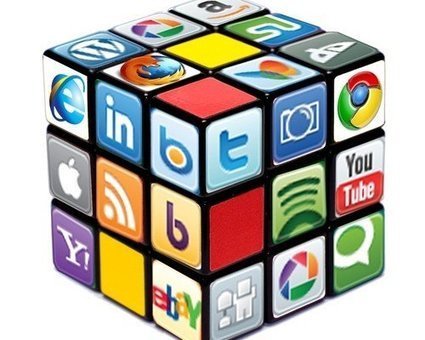
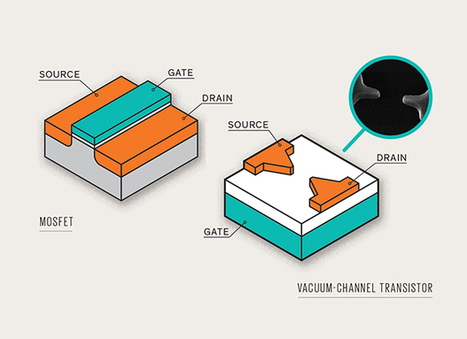

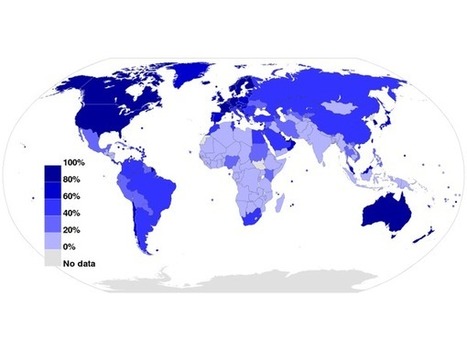




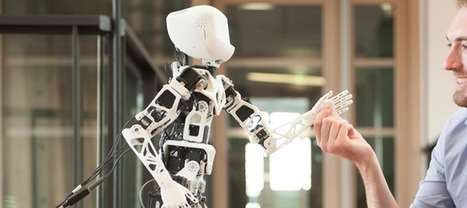

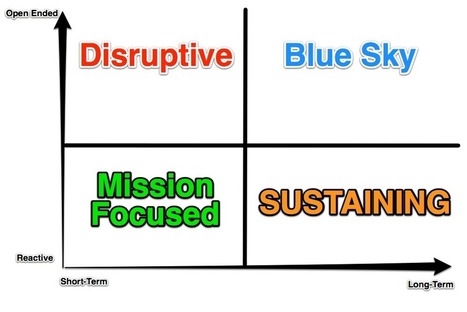




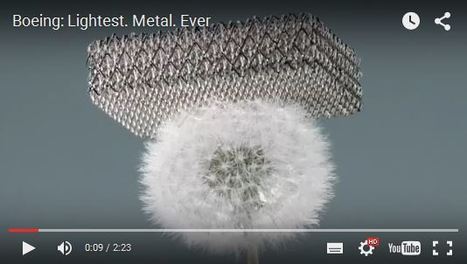
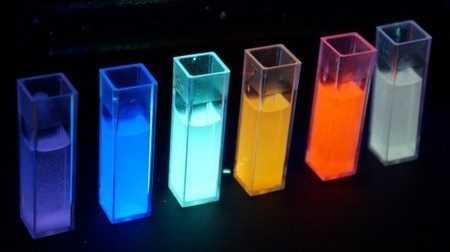

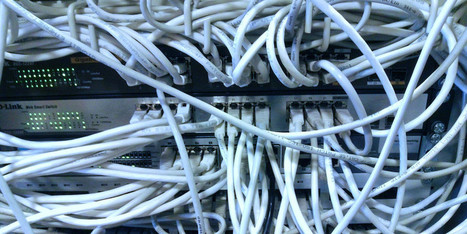
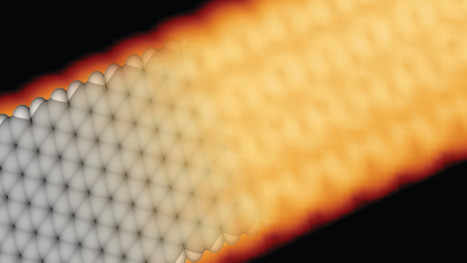
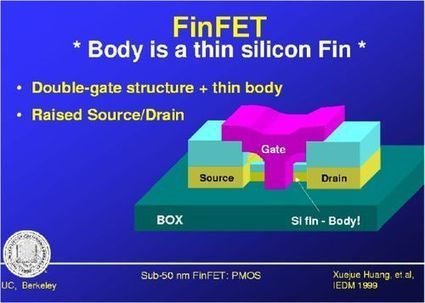
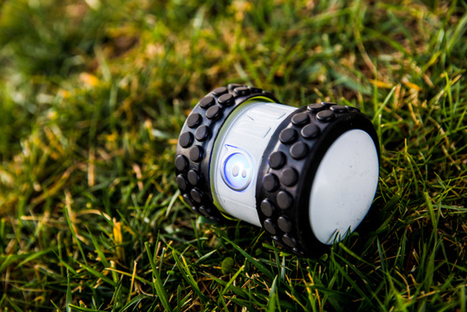


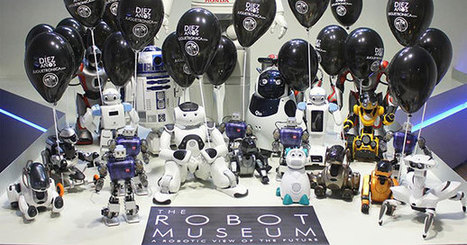









Now, the researchers claim their cutting-edge findings would mean that security concerns regarding RFID systems become a thing of the past. According to Chiraag Juvekar, an electrical engineering graduate at MIT and a co-author of the research, the new chip has been designed to curb so-called 'side-channel attacks' that can be used to steal the encryption keys contained in RFID technology.